We’re sharing the fourth evaluation report on projects in our Gender Balance in Computing research programme today. This is a programme we’ve been running, with partner organisations, as part of the National Centre for Computing Education, funded by the Department for Education in England. The programme’s overall goal is to identify ways to encourage more young women to study Computer Science.
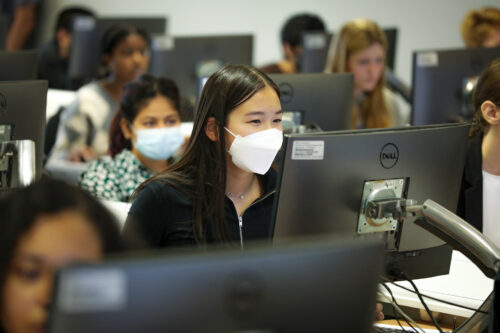
Like the previous reports on our Storytelling, Pair Programming, and Peer Instruction projects, this new report was compiled by independent evaluators from the Behavioural Insights Team (BIT). It concerns a study conducted with learners aged 9 to 10 and examining two approaches aimed at improving girls’ sense of belonging in computing.
The importance of belonging in computing
A growing body of research suggests that girls’ interest and motivation is linked to the sense of belonging that they feel when experiencing and studying STEM subjects. When girls see themselves represented in computing by identifying role models, they are more likely to value the subject in their studies and future careers. Parents and wider family members also play an important role in amplifying the message that girls belong in computing through the way that they talk about the subject.
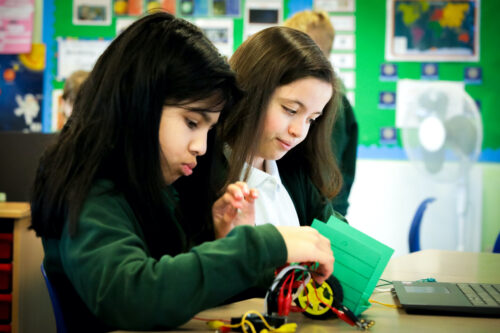
The Belonging study was structured as two distinct but related interventions designed to improve girls’ sense of belonging, each following a different approach. WISE and a team at BIT (separate to the team evaluating the study) were responsible for the design, delivery, and implementation of the two interventions, while we provided overall programme management and recruited schools.
Interventions to encourage girls’ sense of belonging
This study was conducted from September 2021 to February 2022 as a randomised controlled trial (RCT) where participating schools were randomly divided into three groups: two treatment groups which each delivered one of the two interventions to their Year 5 learners, and one control group, which taught Computing to their Year 5 learners in their usual way throughout the duration of the study.
The intervention designed by WISE was titled ‘My Skills My Life’ and was aimed at girls’ self-identification. The design included ten lessons that highlighted the importance of computing and STEM and how these fields impact our lives. The lessons also introduced pupils to female role models working in professions relating closely to computing.
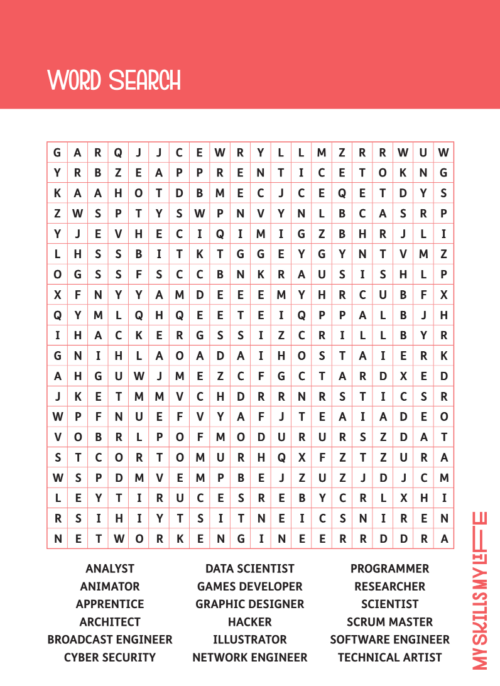
A core component was a lesson midway through the intervention, where schools in the treatment group held a ‘real-life role model’ session with female role models from the computing industry. In this session, volunteer role models shared their day-to-day work experiences and discussed some fundamental concepts and perceptions related to their role. To do so, the role models first received support and training from the schools based on material provided by WISE. WISE also provided additional training and guidance on resource usage and how to talk about computing careers to make them more understandable and relatable to children.
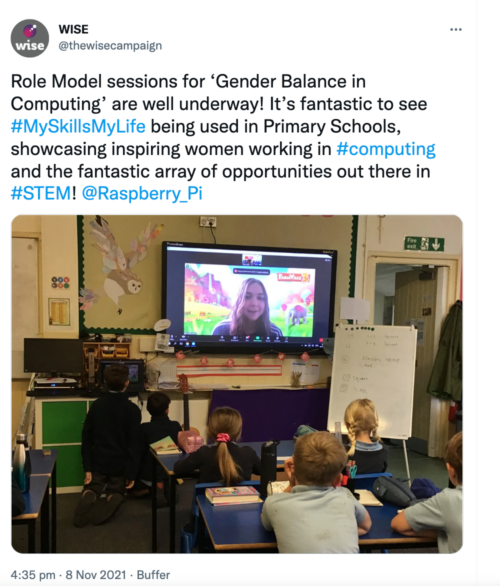
In addition to the lesson content and training, WISE created a role model booklet with information on 72 women currently working in computing and associated industries. These women had volunteered to be included in the booklet and to also speak to pupils potentially interested in computing. The main purpose of presenting these role-models was to let the primary pupils meet women who are happy and successful in computing careers.
“I loved learning about [role model name]’s job during the day. It was so cool.”
– Primary school pupil (report, p. 50)
The other intervention in the trial, designed by BIT, was called ‘Code Stars’. This intervention ran over 12 weeks. Schools involved in it first delivered a stand-alone, one-off lesson on artificial intelligence (AI).
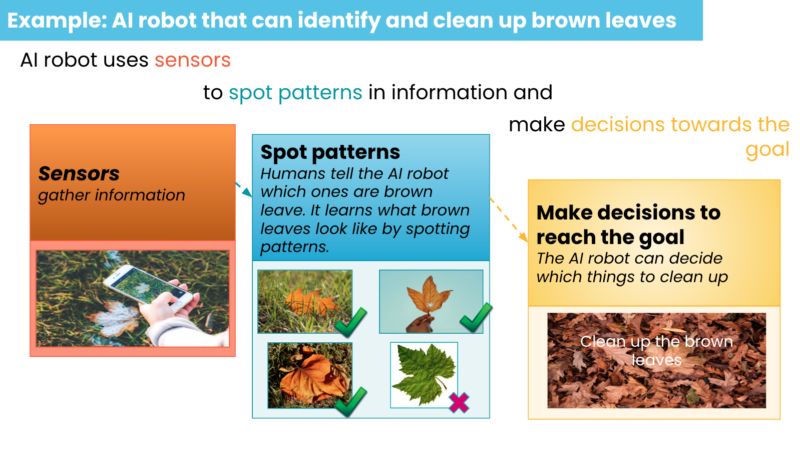
After the lesson, the pupils completed a homework task, engaging with their parents or carers. This was followed by a set of regular conversation prompts to encourage parents to have discussions with their children about computing in general and the AI lesson in particular. The original plan was for BIT to implement these conversation prompts, but due to COVID-19-related challenges, teachers had to take the responsibility of sending the prompts. At the end of the intervention, teachers conducted a follow-up lesson.
“Some parents did not want to support their children due to their own lack of confidence. Others did not see it as important as doing the weekly Maths and English homework.”
– Teacher participating in the Code Stars intervention (report, p. 55)
Results and recommendations from the intervention evaluations
These two separate but related approaches aimed at increasing girls’ sense of membership in the computing community and to improve their and their parents’ engagement. The overall impact was evaluated using a mixed method approach; this included case studies, online teacher surveys, parent interviews, pupil surveys, lesson observations, and pupil focus groups.
The impact evaluation did not find conclusive evidence of either intervention having an impact on female pupils’ attitudes towards computing or their intention to study computing in the future. However, the stated intention of girls to study computing was 5.6 percentage points higher in the Code Stars intervention group than in the control group. This difference was statistically significant in some, although not all, of the analysis run; this means we cannot rule out that this result was due to chance, rather than due to the intervention.
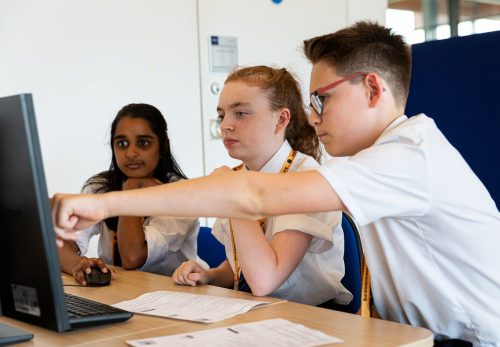
In addition, qualitative data collected from teachers suggested that the My Skills My Life intervention delivery was very well received and needed only minor adjustments, although this did not translate into evidence of impact on the measured pupil outcomes. Teachers also appreciated the level of detail in the My Skills My Life lesson plans, and the Code Stars intervention was described as fun and engaging.
The independent evaluators of this research study have recommended refinements to each of the interventions to improve their delivery and potential impact, along with suggested evaluation strategies for any future replications of the interventions.
Want to find out more about increasing girls’ sense of belonging in computing?
We are very grateful to all the schools, pupils, and teachers who took part in this project. If you would like to stay up-to-date with the Gender Balance in Computing programme, you can sign up to our newsletter. We will also share reports on the other projects within the programme that have explored:
- The links between non-formal and formal Computing
- The impact of using Computing to solve real-world problems
- The role that GCSE Options booklets and Subject Choice evenings can play in promoting gender balance in computing
Website: LINK

